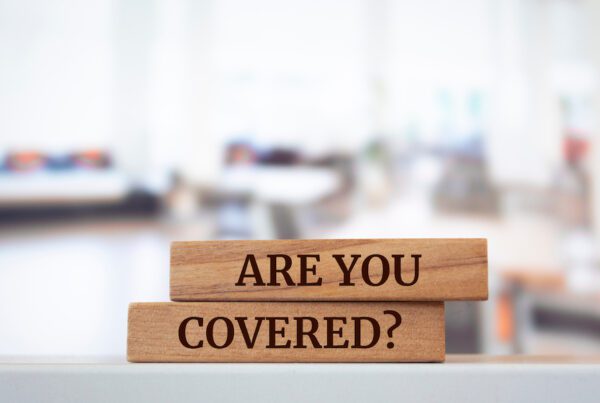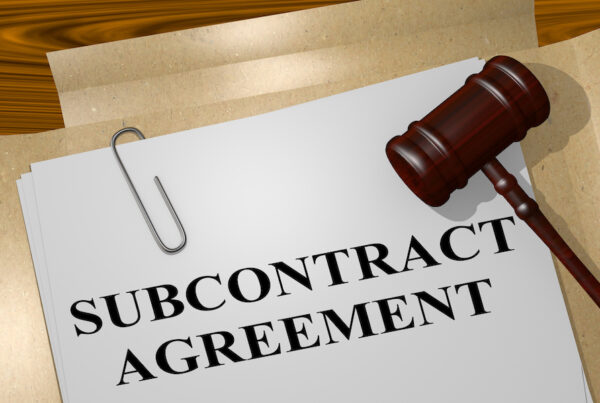If your business relies on sub-contractors for work, it’s crucial to ensure proper risk transfer to protect your company. Without taking the necessary precautions, you could be held responsible for the work performed by your sub-contractors. In this article, we’ll discuss two important factors that can impact your sub-contractor relationships: the certificate of insurance and the sub-agreement. By understanding these elements, you can avoid getting into unfavorable situations.
Part 1 – Sub-Contractor Agreement: The Legal Document
The sub-agreement is a vital legal document that should be reviewed by an experienced construction attorney. While we provide a sample, consulting an attorney is recommended. This
agreement outlines the legal requirements for the sub-contractor to indemnify and hold you harmless. Without this document, the sub-contractor’s own policy may not fully protect you. The sub-agreement typically includes two sections: the indemnity portion, which is critical for holding the sub-contractor responsible, and the insurance requirements. It is important to have these requirements outlined in the sub-agreement, as it serves as a legal document specifying the necessary limits. Legal review by counsel is crucial, as interpretations of these documents can change over time.
Part 2 – Certificate of Insurance: Proof of Coverage
The certificate of insurance (COI) is another crucial piece of the puzzle. COIs provide a basic overview of the coverage provided by the sub-contractor. However, they do not provide a
complete picture as they don’t show all the policy exclusions. It’s essential to review and accept certificates before starting a job to avoid future problems. General contractors may have limitations on their policies if the sub-contractors’ policies do not offer adequate coverage. To simplify the review process, you can use our COI requirement checklist. This checklist helps you quickly and easily review your sub-contractors’ policies. Remember, the COI represents coverage but is not a guarantee.
Key Components of COI Review:
Contractual Liability: Ensure the Commercial General Liability (CGL) box is checked.
No Action Over/Labor Law Exclusion: Verify that this exclusion is not present.
Additional Insured for OnGoing and Completed Operations: Confirm that you are listed as an additional insured.
Residential Exclusions: Consider the type of work and accept sub-contractors accordingly.
Effective and Expiration Dates: Ensure the coverage is active during the project.
The limits and exclusions you accept will depend on the specific job requirements. For instance, if you only do commercial work, you can accept sub-contractors with residential exclusions. However, avoid including those sub-contractors on future residential projects, and Never accept an action over/labor law exclusion in New York.
Starting a job with improperly insured sub-contractors is a risk you don’t want to take. If you need help managing the risks associated with sub-contractors, please use the link below to get in touch with us. We’re here to assist you in protecting your business.



